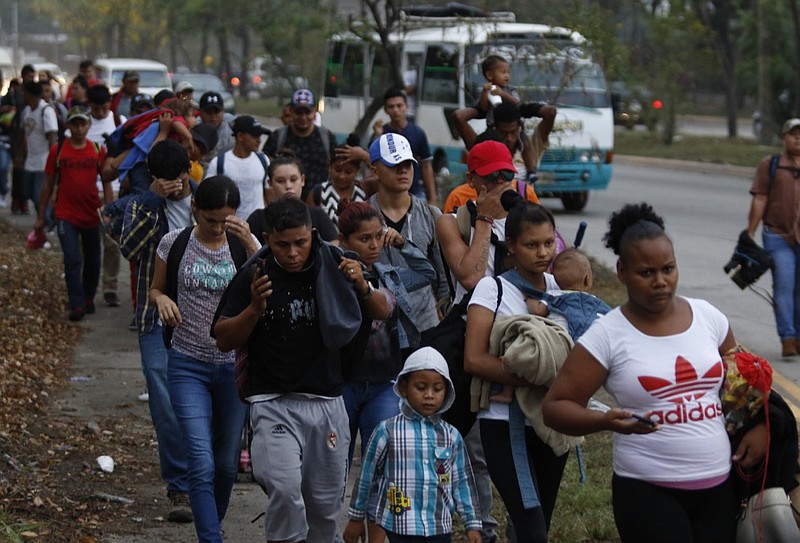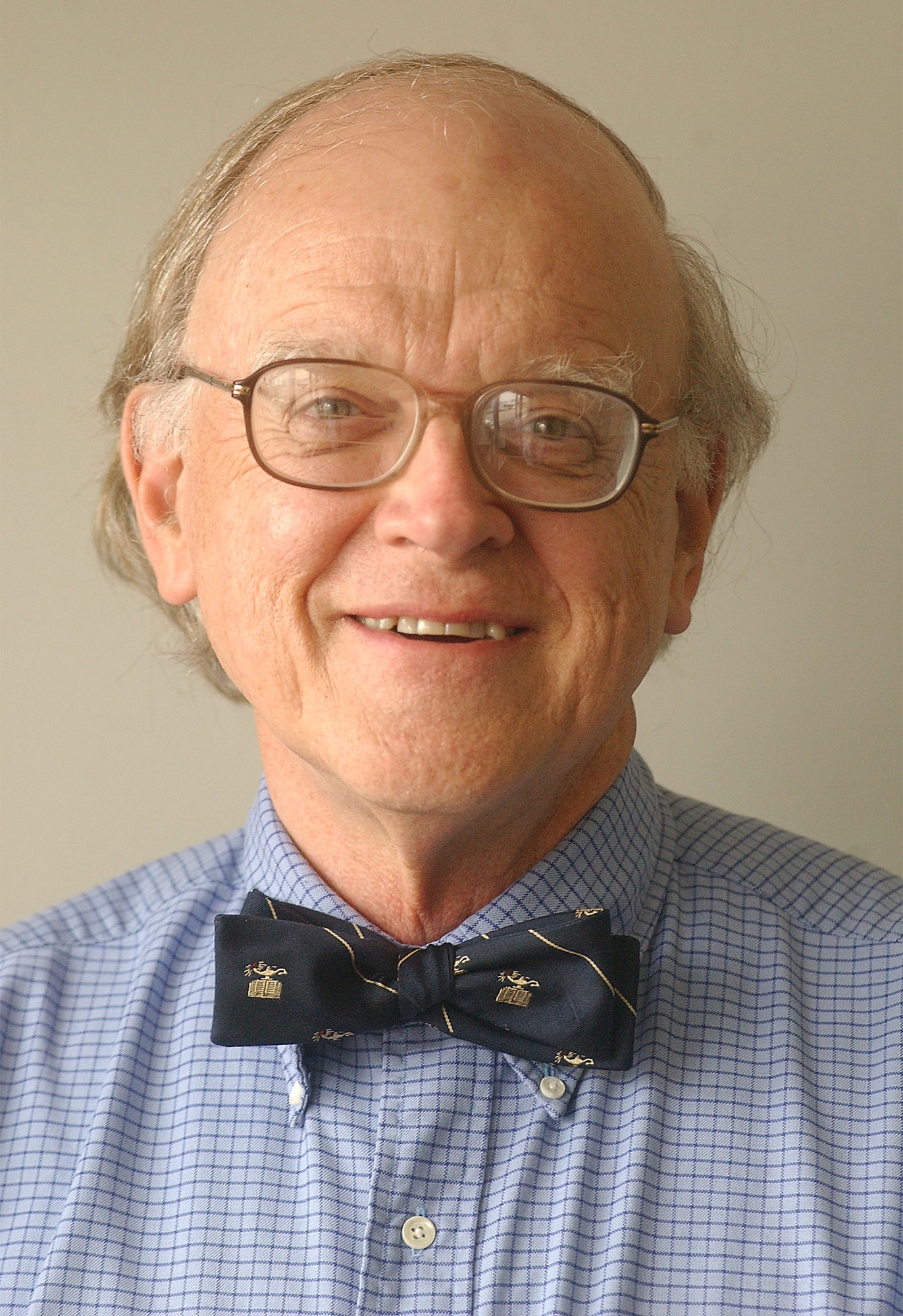The images are stark, as another caravan of desperate people sets out from Central America. Their goal is asylum in the U.S. They come from Guatemala, Honduras and San Salvador, where more than half of immigrants to our Southern border originate.
One group of adults and children departed abruptly in April from San Pedro Sula, the second largest city in Honduras. They left during a nighttime rainstorm. Some crowded aboard trucks. Many walked. Several carried infants or pushed them in strollers. They will cover hundreds of miles, sleeping along roadsides or in municipal parks. They will be vulnerable to extortion and attacks from gangs along the way.
Lawlessness forced their departure. Two rival bands of criminals, MS-13 and Mara 18, wage war nightly for control of territory, rendering neighborhoods and villages uninhabitable. Shop and homeowners must pay protection money or face theft or bodily harm. Nighttime shootouts between rival gangs kill and injure innocent bystanders. San Pedro du Sula, where the recent exodus began, is one of the most dangerous cities in the world with an annual murder rate of 80 homicides per 100,000 residents. More than 90% of murders are never solved.
Honduras is slightly larger than Tennessee, its land stretching from a northern Atlantic coast and a narrow Pacific coast. Independent from Spain since 1821, the nation established its first freely elected government in 1982. More than half of its nine million residents live in poverty, depending upon subsistence-level farming or poorly paid urban jobs. Remittances from Hondurans living abroad account for one-fourth of the nation's economy.
A devastating hurricane in 1998 dealt a major setback to the Honduran economy. A military coup in 2009 led to persistent governmental instability. The central government has been unable to control violence or improve the economy.
The 16.6 million residents of Guatemala occupy a land area also similar to that of Tennessee. Half of the people live in poverty. The U.S. has repeatedly intervened in Guatemalan politics. In the early 20th century U.S. military forces prevented a popular uprising from seizing plantations owned by the United Fruit Co. In 1944, U.S. forces backed a military coup, which led to a decade-long civil war. The U.S. backed another coup to install a friendly dictator in 1954. A civil war that lasted from 1960 to 1996 led to 200,000 deaths, the large majority at the hands of the military or government-supported paramilitary fighters. The U.S. backed the government. The United Nations brokered a peace treaty in 1996. Corruption, unrelenting poverty, gang violence and smoldering tensions from the war stimulate migrations to the U.S. border.
Roughly the size of New Jersey, El Salvador, to the west of Honduras, endured a 12-year civil war that was resolved in 1992. An estimated 75,000 people died in that conflict. Its 6 million residents endure one of the world's highest murder rates due to gang warfare.
Uncontrolled violence, extreme poverty and failed political institutions drive the immigrations to our southern border.
The great majority of immigrants seek asylum at legal entry points. They will be sent to detention camps. Children may be separated indefinitely from their families. The immigrants' petitions to enter the U.S. may take years to process in immigration courts.
Anti-immigrant politicians and groups invoke fears of criminality or disease in their arguments for excluding detainees from entry into the US. Multiple studies argue otherwise (www.lawfareblog.com/whos-really-crossing-us-border).
We have three options: Maintain the status quo with detention camps and lengthy legal procedures. This does nothing to address appalling living conditions in the homelands of the migrants. Simply giving money to corrupt or poorly-functioning governments will not work. A structured plan of monetary and technical assistance modeled on the post-World War II Marshall Plan could replace chaos with opportunity.
A future column will examine that option.
Contact Clif Cleaveland at ccleaveland@timesfreepress.com.

